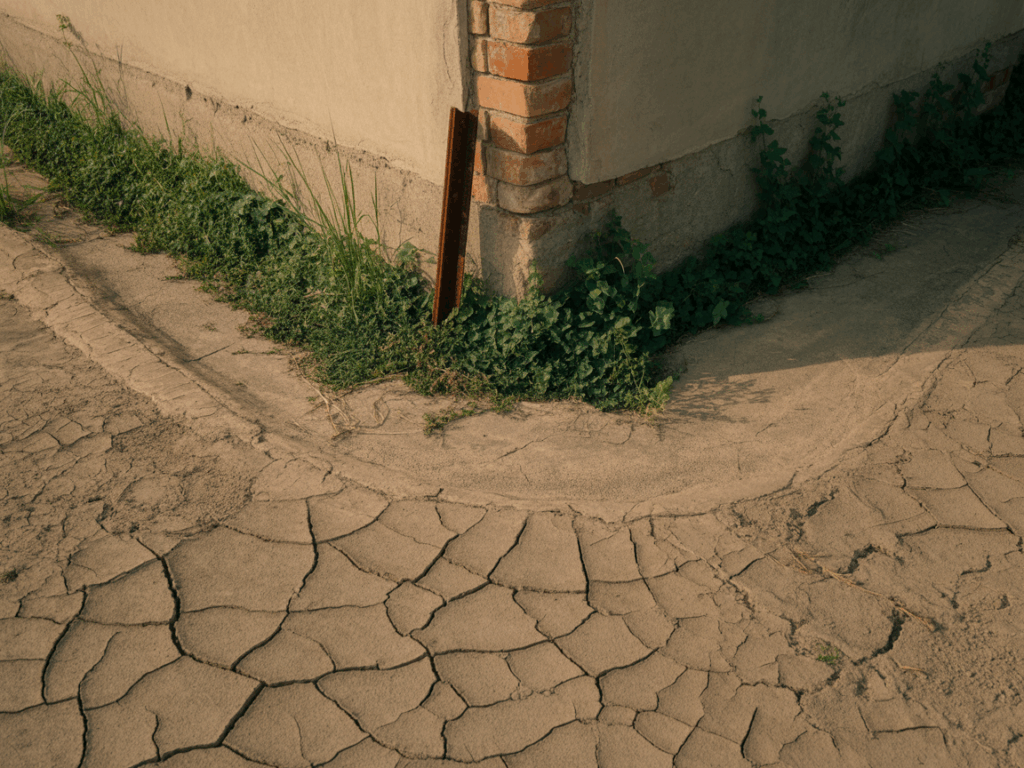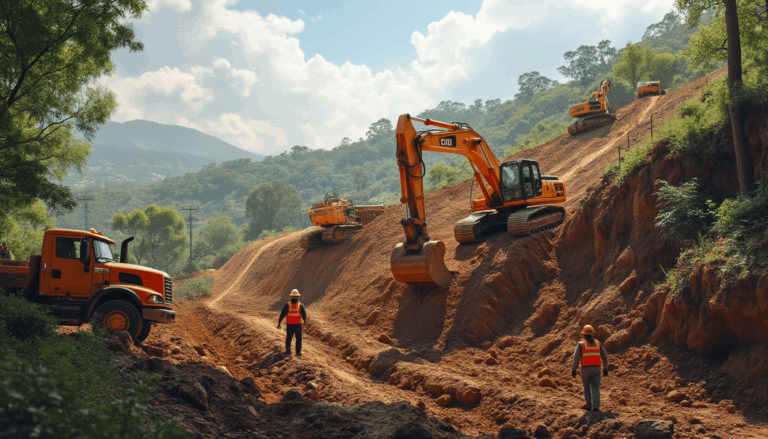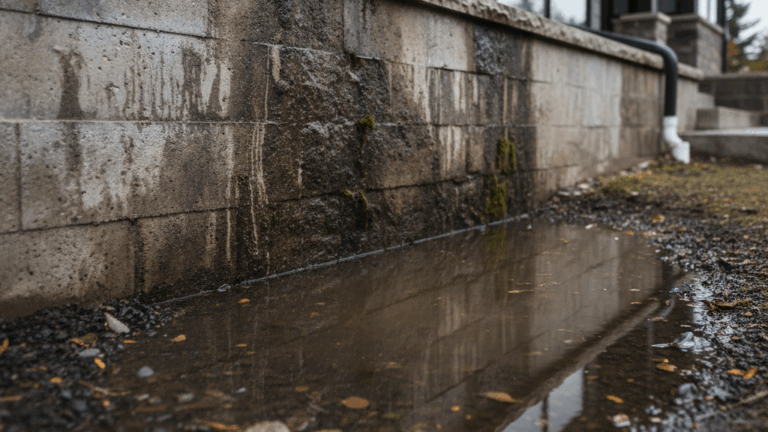Post-Summer Soil Shifts: What They Mean for Your Foundation
Why Soil Shifts After Summer
Southern California summers are marked by long periods of high temperatures and drought conditions. During these months, the soil loses moisture rapidly, causing it to dry out and shrink. When the seasons shift and moisture levels begin to rise again—whether from irrigation, rainfall, or increased humidity—the soil begins to expand. This constant cycle of contraction and expansion can lead to serious stress on your foundation.
In regions like San Diego and surrounding areas, expansive clay soils are especially problematic. These soils are highly sensitive to moisture fluctuations and can create uneven pressure under your home, contributing to foundation settlement, cracking, and even structural failure if ignored.
Common Signs of Foundation Trouble After Summer
Detecting early warning signs of foundation issues after summer can help you take corrective action before minor damage becomes a major repair. Here are some of the most common indicators to watch for:
- Cracks in walls or ceilings: Vertical or diagonal cracks around doors, windows, or in drywall may indicate foundation movement.
- Sticking doors and windows: If your doors or windows suddenly become hard to open or close, it could mean your foundation has shifted.
- Uneven or sloping floors: Floors that are no longer level or feel bouncy can be a sign of soil movement underneath the foundation.
- Gaps around window frames or exterior doors: As the foundation settles, it can pull away from the framing, creating visible gaps.
- Cracks in the foundation itself: Check for visible cracks in the concrete around the perimeter of your home.
How Post-Summer Soil Conditions Affect Different Foundation Types
The impact of soil shifts depends on the type of foundation your home has. Here’s how post-summer soil changes can affect various foundation systems:
Slab Foundations
Slab foundations are poured directly on the soil, making them highly susceptible to soil movement. As the soil beneath expands or contracts, the slab can crack or tilt, leading to visible surface issues and long-term structural concerns.
Crawl Space Foundations
While crawl space foundations offer some buffer between the home and the soil, they are not immune to damage. Soil movement can affect the piers and beams that support the home, causing sagging floors and misalignment throughout the structure.
Basement Foundations
Though less common in Southern California, basement foundations can suffer from hydrostatic pressure when soil swells after being rehydrated. This pressure can push against the walls of the basement, causing bowing, cracking, and water intrusion.
Preventing and Addressing Post-Summer Foundation Issues
The good news is that foundation damage from post-summer soil shifts can be prevented—or mitigated—with early intervention. Here are steps homeowners can take to protect their homes:
1. Schedule a Professional Inspection
Having a foundation expert evaluate your property after the summer months can help identify early signs of soil-related issues. Unlimited Drilling provides comprehensive inspections tailored to the soil and environmental conditions of Southern California.
2. Install Proper Drainage Systems
Controlling the moisture around your foundation is critical. Poor drainage can lead to excessive water accumulation, which causes the soil to expand. Installing French drains, grading the landscape properly, and maintaining gutters can help manage water flow.
3. Foundation Reinforcement Solutions
Depending on the extent of damage or risk, professional solutions such as foundation underpinning, tieback anchors, or retaining wall stabilization may be necessary. These solutions help secure your foundation against ongoing soil movement.
4. Soil Stabilization
In some cases, stabilizing the soil itself may be the most effective way to prevent future issues. This can include chemical injection techniques or compacting the soil beneath the foundation.
Why Timely Action Matters
Foundation issues rarely resolve on their own—and they often worsen over time. The longer you wait to address soil-related shifts, the more extensive and costly the repairs can become. Seasonal soil movement is inevitable, but damage is not. Acting promptly after the summer season allows for more cost-effective and less invasive repair options.
Choose a Trusted Foundation Repair Partner
At Unlimited Drilling & Foundations, we specialize in foundation repair solutions built to withstand the challenging soil and weather conditions unique to Southern California. With decades of experience, our team understands how seasonal soil behavior impacts structures—and we tailor our solutions to provide long-lasting results.
Whether you’re seeing early warning signs or want a preventative inspection, we’re here to help ensure your home stays secure year-round.
Contact us today to schedule an inspection or learn more about our foundation repair and soil stabilization services.







